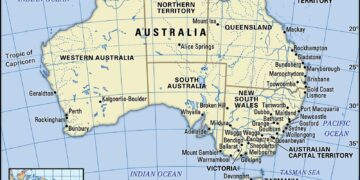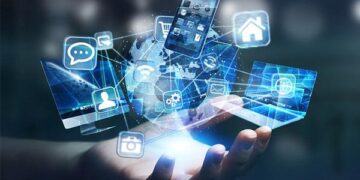“`html
Revolutionizing Healthcare in Rural Areas with Radar Technology
The healthcare sector is undergoing rapid transformation, particularly through the adoption of cutting-edge technologies that enhance patient care and accessibility. This is especially crucial in rural regions where medical resources are often limited. One notable innovation is the use of radar technology for non-contact vital sign monitoring. This advancement not only simplifies health data collection but also tackles the specific challenges faced by healthcare systems in remote areas. As medical professionals strive for effective solutions to monitor patients from afar, radar technology stands out as a revolutionary tool that can significantly improve patient outcomes while reducing physical contact. In this article, we explore how radar technology is reshaping vital sign monitoring and fostering a more responsive and inclusive healthcare system in rural communities.
Redefining Rural Healthcare with Radar Technology
In recent times, the deployment of advanced radar sensors within rural healthcare environments has begun to transform how patient monitoring and management are conducted. These innovative technologies enable healthcare providers to track vital signs, including heart rate, respiratory rate, and body temperature without any direct contact with patients. By leveraging radar capabilities, medical professionals can access real-time data while minimizing health risks associated with conventional monitoring methods—an essential benefit for remote areas where access to facilities and personnel may be restricted.
The benefits of incorporating radar technology into rural healthcare extend beyond mere safety enhancements; they include:
- Enhanced Accessibility: Patients can receive continuous monitoring at home, significantly decreasing their need to travel long distances for care.
- Cost Efficiency: Reduced operational expenses for providers due to fewer resources being allocated towards physical examinations.
- Data-Driven Insights: Ongoing accurate data collection improves clinical decision-making processes leading to timely interventions.
This shift positions rural healthcare systems on a path toward improved patient outcomes while streamlining care delivery—making advanced radar sensors an indispensable component of future medical monitoring strategies.
| Main Feature | User Benefit |
|---|---|
| No Contact Monitoring | Lowers infection transmission risk |
| Distant Data Access | Energizes both patients and caregivers alike |
Improving Patient Care through Non-Invasive Techniques
The ongoing evolution of healthcare systems necessitates innovative approaches like radar technology that serve as pivotal solutions—especially in underserved regions. By employing sophisticated sensor networks, clinicians can remotely monitor vital signs without needing direct interaction with patients. This method not only alleviates discomfort but also drastically reduces infection risks—a critical advantage amid current global health concerns. The ability to collect real-time data allows practitioners to respond promptly to patient needs while ensuring a smooth experience throughout their care journey.
The primary advantages associated with this non-invasive approach include:
- Brought Accessibility: Individuals residing in remote locations benefit from timely oversight without frequent trips required for check-ups at clinics or hospitals.
- Pioneered Early Detection: Continuous observation aids early identification of potential health complications which encourages proactive intervention strategies within the realm of preventive medicine.
- Sustainable Resource Use: Automating vital sign collection lessens staff workload enabling them more time dedicated towards critical aspects of patient care instead.
| Aspect | Radar Technology | Traditional Methods |
|---|---|---|






























